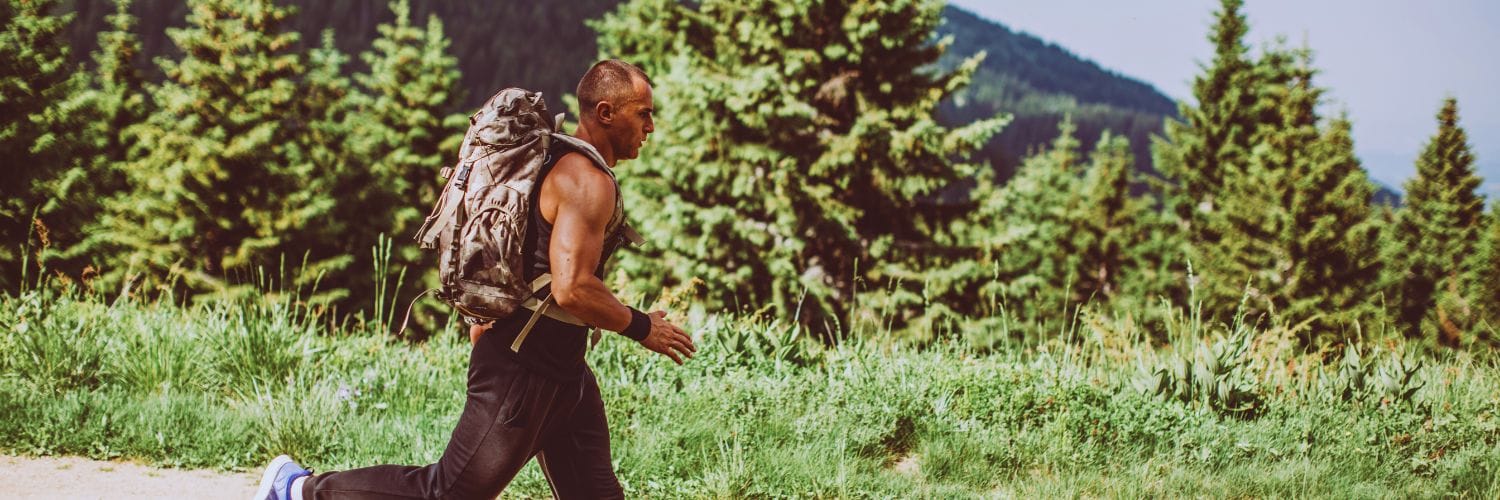Physical fitness is not just about looking good or feeling strong, it is a cornerstone of readiness for high stakes scenarios like shooting competitions and emergency situations, as well as a key to a higher quality of life without chronic pain.

Shooting Competitions, Crisis Response, and Living Pain Free
Physical fitness is not just about looking good or feeling strong, it is a cornerstone of readiness for high stakes scenarios like shooting competitions and emergency situations, as well as a key to a higher quality of life without chronic pain. Whether you are aiming for precision on the range, preparing to react decisively in a crisis, or simply wanting to move through life with ease, your physical condition directly impacts your performance and resilience. This article explores why fitness matters, how your nervous system governs your ability to perform under stress, and why training, both in the gym and on the range, is non-negotiable.
Why Physical Fitness Matters
- Shooting Competitions: Competitive shooting demands more than just marksmanship. Matches often involve dynamic movement, rapid transitions between positions (standing, kneeling, prone), sustained focus over long periods, and let’s not forget the HEAT! A fit body improves stability, enhances recoil management, and sharpens mental clarity, giving you an edge over less conditioned competitors. Poor endurance can lead to shaky hands, labored breathing, and missed shots, especially in stages requiring speed and accuracy.
- Emergency Situations: In a crisis, whether it is a self defense scenario or a natural disaster, your body and mind must react instantly. Physical fitness enables faster movement, stronger situational awareness, and the stamina to endure prolonged stress. A well conditioned body can carry gear, navigate obstacles, and maintain composure when seconds count.
- Pain Free Living: A strong, flexible body reduces the risk of chronic pain from poor posture, weak muscles, or joint issues. Regular exercise improves mobility, strengthens stabilizing muscles, and boosts circulation, allowing you to enjoy daily activities without discomfort. Fitness is an investment in long term health, ensuring you can stay active and independent as you age. Pain is guaranteed as we get older, it’s up to us to choose whether it’s soreness from training or pain from not moving and sitting at a desk all day. I always tell my wife, “if I stop moving, I’ll rust.”
The Nervous System: Sympathetic vs. Parasympathetic
Now for the sciency part. Your autonomic nervous system (ANS) regulates involuntary functions like heart rate, breathing, and digestion, and it plays a pivotal role in how you perform under stress. The ANS has two key branches:
- Sympathetic Nervous System (SNS): Known as the “fight or flight” system, the SNS activates in response to stress or danger. It increases heart rate, dilates pupils, and redirects blood to muscles, preparing you for immediate action. While this response is critical for survival, it can impair fine motor skills and cognitive processing if not managed properly.
- Parasympathetic Nervous System (PNS): The “rest and digest” system, the PNS promotes recovery and calm. It slows heart rate, aids digestion, and restores energy. A balanced PNS helps you recover from stress and maintain composure in high pressure situations.
In shooting or crisis scenarios, the SNS dominates, often pushing heart rates to 160 beats per minute (bpm) or higher. At this level, several physiological changes occur:
- Reduced Fine Motor Skills: Elevated heart rates cause muscle tremors and decreased dexterity, making tasks like trigger control or reloading challenging.
- Tunnel Vision and Auditory Exclusion: Blood flow prioritizes muscles over non essential functions, narrowing your field of vision and reducing auditory awareness.
- Impaired Decision Making: High adrenaline can lead to impulsive reactions or mental freezes, confusion, hindering clear thinking.
- Breathing Dysregulation: Rapid, shallow breathing disrupts oxygen delivery, leading to fatigue and reduced accuracy.
Training to manage these effects is essential. Cardiovascular fitness can help lower your resting heart rate and improve your body’s ability to recover from SNS activation, allowing you to maintain control even at 160 bpm. Breathing techniques, like box breathing, can engage the PNS to calm your system, preserving precision and focus.
Train on the Range: You Fall to Your Training
A critical truth in high stakes scenarios is this: You do not rise to the occasion, you fall to your highest level of preparedness. Shooting competitions and emergencies demand skills honed under realistic conditions. Static range practice is not enough. To prepare for stress, incorporate:
- Dynamic Drills: Practice movement, cover, and transitions while fatigued.
- Timed Scenarios: Use a shot timer to simulate pressure and force quick decisions.
- Stress Inoculation: Combine physical exertion (e.g., sprints, push ups) with shooting to mimic SNS activation.
- Mental Rehearsal: Visualize high pressure scenarios to build confidence and reduce panic.
Range time builds muscle memory and mental toughness, ensuring you react instinctively and effectively. Without consistent training, even the best gear or intentions will not save you.
Get in Shape, Get Training, Get Prepared
Physical fitness is non-negotiable for shooters, first responders, or anyone striving for a pain free, high quality life. A strong body and trained mind are your foundation for success on the range, in a crisis, or in daily living. Start today: commit to regular exercise (cardio, strength, and mobility), practice stress mitigating breathing, and get to the range for realistic training.
Your preparedness extends beyond your skills. Ensure your resources are secure with AmmoSquared.com, where your ammunition is safely stored and ready, no matter what challenges arise. Are you prepared? It is time to get in shape, get training, and take control of your readiness.
If you are interested in your financial readiness please check out our content sponsor Old Glory Bank.
Read the full article here

